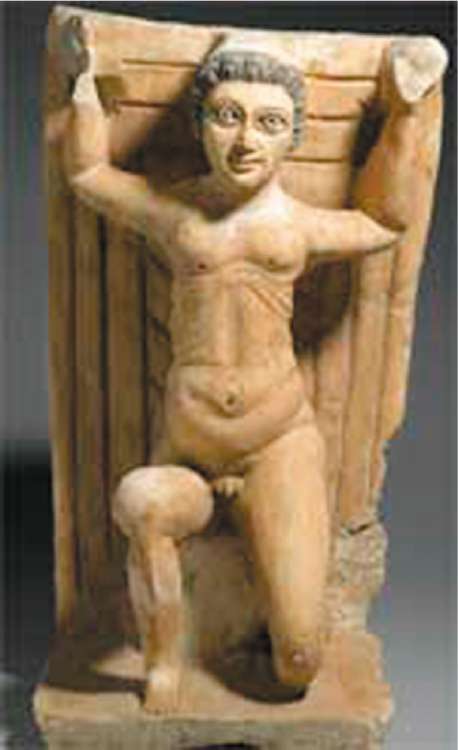New York museum admits third of its Coptic art is fake

A major New York museum has admitted that about one third of its collection of Coptic sculptures and reliefs from ancient Egypt are fakes. It plans to put them on public view in a highly unusual exhibition next year.
Dr Edna Russmann, a curator at the Brooklyn Museum of Art, said she began to have suspicions about its collection of Coptic art – the second largest in North America – about four years ago. She said she has no qualms about going public with her findings now. "It's about time," she said.
Although some chemical testing on the works has yet to be completed, Dr Russmann considers that 10 of the 30 examples of Coptic art – Christian imagery in limestone from Egypt dating between the late fourth century and AD641 – held by the museum are phoney. Moreover, about half the other pieces have probably been extensively recarved and retouched.
Part of the purpose of the exhibition will be to alert other US institutions to the possibility that they too have fake pieces in their collections. "There are lot of museums in this country that have maybe two or three or four pieces," she said.
The publicity surrounding the exposure of the fakes should help promote the February exhibition, Dr Russmann said, and help offset any embarrassment stirred by the revelation, which was reported first by The Art Newspaper on its website. "I don't see any tragic faces here this morning," she noted.
The intention is to put those pieces still considered to be genuine alongside the fake ones, generally purchased by the museum in the 1960s and 1970s, usually from dealers in Switzerland and New York.
The Art Newspaper said Gary Vikan, a Byzantine specialist based in Baltimore, had first noted the possible presence of fakes in the museum's collection in the early 1970s but had never gone public with it.
Dr Russmann said the exhibition will clearly separate "the wheat from the chaff" in the collection but admitted that it includes three reliefs she is still not certain about.
Join our commenting forum
Join thought-provoking conversations, follow other Independent readers and see their replies
Comments